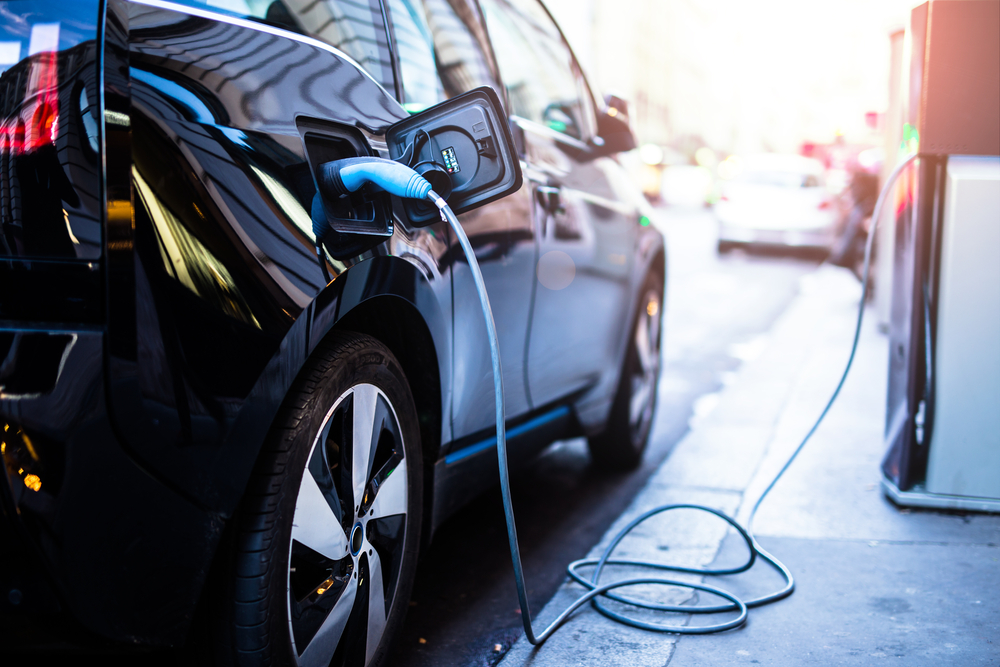There are a number of different reasons why kiosks have become one of the technological success stories of the past decade. One is undoubtedly their versatility. They have proven to be adept at adapting new use cases time and time again.
Another is the fact that they can support multiple uses at once. Kiosks are still probably best known for their deployment as self-service checkout and ordering stations. But a payment kiosk can still function perfectly well as an information kiosk. And thanks to modular kiosk design, if you can build a component to perform a particular function, you can make it available in a kiosk. The possibilities for customisation are endless.
Adaptability, multi-function capabilities and easy customisation are all contributing to yet another emerging trend in kiosk use – the rise of the multi-purpose electric vehicle (EV) charging point, otherwise known as charging point kiosks.
First of all, it’s worth pointing out that the type of EV charging points you find in public car parks have always been a type of kiosk. They are, after all, a self-service facility where you pay your money, plug your vehicle in and charge up. The very definition of a kiosk.
EV charging points offer an additional source of revenue for any business or organisation with its own car park. Supermarket operators, for example, can earn from EV drivers charging their vehicles while they do their shopping. There’s even a growing trend for ‘community charging’ or homeowners with EV charging points installed hiring out use of them via apps like JustCharge and Co-Charger.
Expanding EV charger revenue opportunities
The majority of EV chargers out there remain single-use. But over in the United States, savvy operators are switching on to the fact that charging points can be monetised in more ways than one. And that’s where the kiosk effect comes into play.
It’s starting with advertising. It’s a logical step. The advertising industry has always made a virtue of using every resource available to get promotions seen and heard. From the sides of buses to lorry trailers parked next to motorways, everything is an option.
EV charging points make for an attractive proposition for advertisers. For one, you have a captive audience. A lot of the time, drivers will sit and wait for the vehicles to charge. Two, you have an integrated touchscreen, the standard interface for payment kiosks these days.
Digital screens are perfect for advertising. They mean you can cycle through lots of advertisements, increasing revenue opportunities further. You can also programme what gets shown remotely for convenience. And as you already have a touchscreen in play, you can even go down the route of interactive ads and other ‘gamified’ marketing approaches aimed at capturing user data. It gives drivers something to do while they wait, after all.
From these beginnings, the opportunities for EV charging kiosks to evolve are open-ended. The next step would be to offer other goods and services for sale alongside electricity. Drinks and snacks for drivers on long journeys in combined charger-vending machine kiosks. General services like mobile phone top-ups. The options are limited only by imagination. Watch this space.




